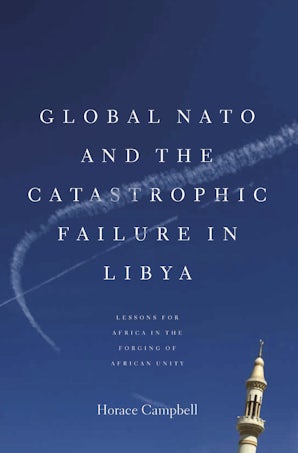Also in this issue
Books by Horace Campbell
Global NATO and the Catastrophic Failure in Libya
by Horace Campbell


